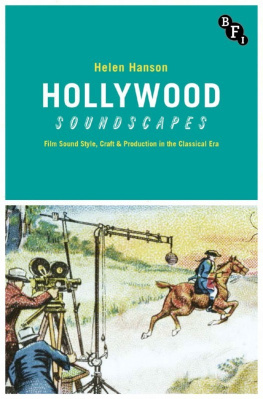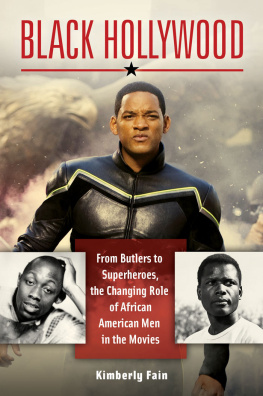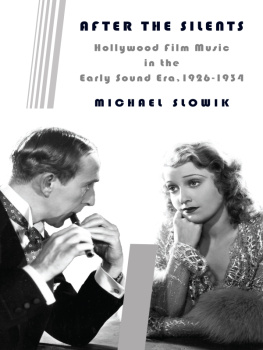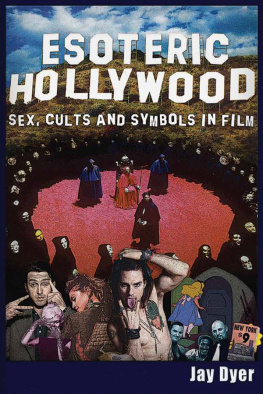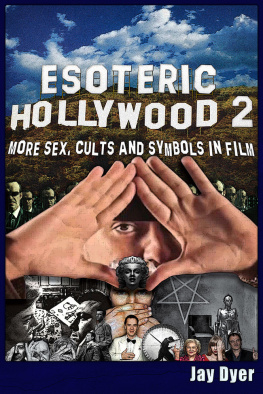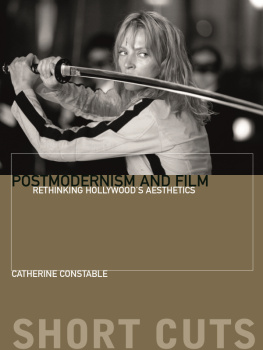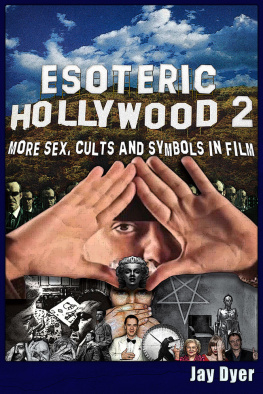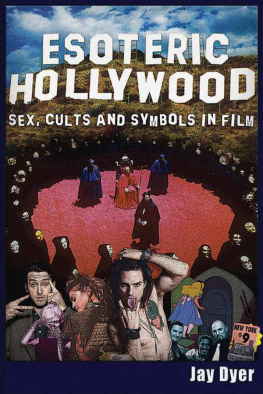First published 1994 by Routledge
Published 2016 by Routledge
2 Park Square, Milton Park, Abingdon, Oxon OX14 4RN
711 Third Avenue, New York, NY 10017, USA
Routledge is an imprint of the Taylor & Francis Group, an informa business
Copyright 1994 the estate of James Snead
All rights reserved. No part of this book may be reprinted or reproduced or utilised in any form or by any electronic, mechanical, or other means, now known or hereafter invented, including photocopying and recording, or in any information storage or retrieval system, without permission in writing from the publishers.
Notice:
Product or corporate names may be trademarks or registered trademarks, and are used only for identification and explanation without intent to infringe.
Library of Congress and British Library Cataloguing in Publication data is available.
ISBN: 9780415905749 (pbk)
ISBN: 9780415905732 (hbk)
Colin MacCabe
James Snead died on March 26, 1989 in Pittsburgh. In my last conversation with him, and when I was completely unaware of the terminal nature of his illness, he said, a propos of the fact that he had had to abandon the teaching for the term, One good thing about this illness is that I am going to get both books finished. The books he was referring to were the history of black representation in American cinema on which he had been working for the previous three years and a book on African-American culture which he was writing with Cornel West and which the three of us had discussed in a memorable all night session the previous year in Philadelphia. When James died both I and his brother George, to whom he had spoken at much greater length and who he had charged with the responsibility to ensure the posthumous publication, were overwhelmed by the state of Jamies papers and computer files.
The volume of work accomplished by someone who was only thirty five at his death and who had spent (unusually for an academic) a couple of years working as a banker for Chase Manhattan was simply staggering. Four novels, numerous short stories, papers and lectures without endand all this in addition to the published work on Faulkner. However, there was not, as we had both been expecting, two books almost ready for the printers. Of the planned collaboration with Cornel West there were only the merest traces. Of the book on American black cinema, there was too much and too little. Too much in the sense that there were three or four versions of each chapter. Too little in the sense that there was no definite outline of the book and no clear sense of Jamess own priorities in the versions of the chapters he had left. Indeed the best indication of the book James had planned was a version that he had given me a year earlier. What then began was a long editorial process which, in different geographical circumstances, would have been much shorter. George Snead and the physical material were in Los Angeles, Cornel West on the East Coast and I was split between Pittsburgh and Europe. A first collation, with the three of us, was attempted in February 1990 in Los Angeles. More work was carried out by Cornel West and George Snead that autumn and a final version and a division of responsibility for the introduction arrived at by Cornel West and myself in the extraordinarily unlikely setting of Reno, Nevada in September 1991. The editorial process was completed by a diligent and talented copy editor at Routledge.
The text of the book that one can now read is not the text that James would have himself approved. The arguments of the second half of the book would have been worked into a continuous text and there would have been a very full illustration of all the arguments through impeccably researched stills. Nonetheless I feel confident that in this book one can read Jamies major arguments: the centrality of black representation to a history of Hollywood, a refusal to read that representation as merely positive or negative and a linked determination to read it in relation to the deepest of political and sexual fantasies. There are, however, two omissions which must be noted. The first is, apart from one or two sentences, a lack of any material on the blaxploitation genre (Shaft, Superfly) of the early seventies. Any attempt to give a general history of black representation in America would have to deal with this first Hollywood reaction to black power, which appeared to code certain blacks positively while establishing that definition within a cripplingly limited and stereotypical view of the ghetto. This absence is not of crucial importanceit is clear how to develop Sneads analysis to deal with what was never more than a relatively minor genre. The second absence is both more important and absolutely inevitable. Spike Lees Do The Right Thing premiered at Cannes a mere two months after Jamess death and the last three years have seen an explosion of films by black directors, financed by the mainstream. Jamess death robbed these films of the one intellectual who was really prepared for their arrival and it seems to me that it is impossible to read his reaction to them from the terms that he develops in this book. Indeed this book should have been part of the cultural context into which these films first appeared. Instead it will appear in the aftermath of that first wave which culminated in John Singletons BoyzN The Hood. One can only hope that it will contribute to the debate about them; the debate that Snead foresaw when he wrote:
It will be interesting to see in the coming years whether the oppositional aesthetics and thematics of their earlier independent films can be adapted for mass-market consumption. Some would doubt whether white Americans can ever learn to see blacks and themselves from a black, and not a white, vantage point. Perhaps the greatest challenge for future black filmmakers, independent or not, is to find a way to prevent an imagistic co-optation in which an insincere, ritualized tolerance of recoded images may itself become just another way of keeping blacks out of the picture. (p. 119)
It is certain that the debate will go on without James Snead but it is also certain, and this gives a real idea of Jamies stature, that the debate will be missing a crucial voice. In this age of ever increasing specialization it is important to recognize that Snead was not a specialist in film studies. His scholarly interest in film came about because in 1985 Cornel West was invited to give a lecture about black film which he felt unable to attend. As Cornel himself said in his memorial lecture delivered at Pittsburgh in April 1989, the invitation was itself a sign of the critical scarcity of black intellectualsso that those that do exist are constantly being asked to comment on areas outside their specialization. Cornel, however, suggested that Jamie take up the invitation and it took very little time for him to see the scholarly and intellectual challenge offered by the whole question of blacks and cinema. While important empirical pioneers had opened up the field in the seventies, they had opened it up using very simplistic forms of analysis in terms of positive and negative images. They had not used the crucial terms of cultural analysis developed from the insights of French thinkers like Roland Barthes and Jacques Derrida. For Snead the first crucial step was to recognize the structuralist insight that all signs can only be defined diacriticallyand thus that any analysis of race must recognize that any definition of black always involves definitions of white. The second and complementary step was to adopt the post-structuralist perspective that diacritical definitions were always in processarticulated in a perpetual process of signification where it was impossible to isolate the couplet black/white without further examining its ramifications in relation to other fundamental distinctions, particularly sexual ones.




